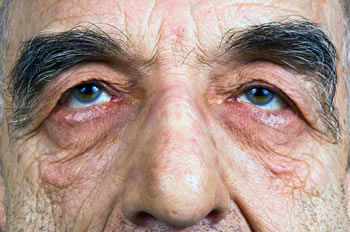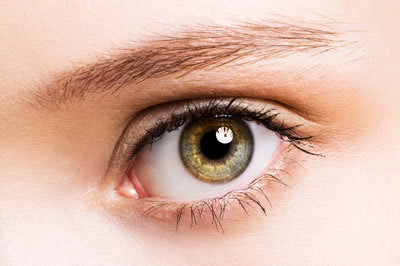Blog
Archive for February 2014
Children and Computer Vision Syndrome
Children's Vision
Nine out of Ten young adults in Singapore are myopic (short-sighted). Early indications are that myopia is becoming much more common in young adults here. Research indicates that heavy computer use among children puts them at risk for early myopia However there are some strategies for limiting the risk of short-sightedness.
Eyebrows - what are they for?
Achieving Good Vision
We all have them, but it could be said that most people tend to take their eyebrows for granted.
When you look in the mirror, it’s impossible not to notice your eyebrows and it’s probably reasonable to assume that most of us are more aware of how they affect our appearance than what benefits they bring.
Growing Concerns over Risks of Blue Light on Macula
Eye Health
There is growing concern among leading optometrists and researchers over the harmful effect of blue light from LED screens on the macula and its risk of damaging the macula. LED lights are increasingly used in the latest high definition televisions, tablets , smartphones and computers.
Janine Hobson says “Children especially, are at particular risk of macular damage from blue light because their eyes are not as efficient at filtering out the rays”.
Tired Eyes - A Very Real Condition
Eye Health
Most of us will experience periods where our eyes feel tired. Is this a real condition or is it just a normal symptom after a long day?
In fact, it is very real and even has a name. The medical term for eyestrain is ‘asthenopia’.
How eyes adapt to the darkness
Achieving Good Vision
Have you ever wondered how your eyes can adapt too many different light conditions? Our eyes are amazingly versatile – we can see perfectly well in a vast variety of light conditions thanks to a very neat system that is able to adapt to brilliant sunshine and then to total darkness when required.
This is all made possible by two distinct parts of the eye – the pupil and the retina








 Buy Contact Lenses
Buy Contact Lenses Book an Appointment
Book an Appointment